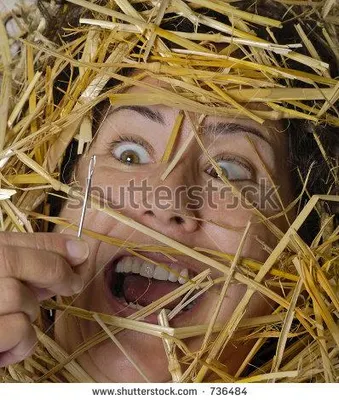1/41
What does a light bulb do?
2/41
Is an observation using sense a qualitative observation? or a quantitative observation?
4/41
What do you call something that is the central principle or part of the ecosystem, community, habitat, etc, on which all else depend.
5/41
What elements are present in the sun's spectrum?
Hint: 2 choices
6/41
How many satellites need to see you at once to accurately find your position?
7/41
What are the two types of matter?
Hint: 2 choices
8/41
What marks the end of our solar system?
9/41
What is the word equation for cellular respiration?
10/41
What do you call a small body of matter from outer space that enters the earth's atmosphere appearing as a streak of light?
11/41
What does the Heart and Stroke Association recommend as a maximum target level for salt in a diet?
12/41
Retrograde motion is:
13/41
What is the nearest star to us?
14/41
What do you call an increase in the concentration levels of a pesticide within the body overtime
15/41
Out of these periodic table groups, which one is NOT a group
Hint: 1 choice
17/41
Name the element with the symbol Na
18/41
What does the colour of a star tell us?
19/41
Who believed that atoms of different elements were different and that compounds were formed by the joining of 2 or more elements and that all matter is made out of atoms that can be combined?
20/41
What is NOT an effect of space flight?
21/41
Which circuit divides the voltage for each load?
22/41
What element are health professionals actually worried about when they refer to salt?
23/41
Ripping paper is an example of:
24/41
Who figured out that electrons really close to the nucleus have low energy and the further it is, the higher the energy?
26/41
What is an Autotroph?
27/41
What are 2 abiotic factors that affect population
Hint: 2 choices
29/41
How do you calculate sun spots?
30/41
A large area on the earth's surface that is defined by the types of animals and plants is called:
32/41
What is a light year?
33/41
What do you call the limiting number of organisms a certain environment can hold?
34/41
The body must have been here for days. Is this an observation, inference, or totally possible?
35/41
Which star is older? A white dwarf or a red giant?
36/41
If the circuit is 0.20 A and the resistance is 1000 ohms, calculate the voltage
37/41
Which circuit divides the current for each load?
38/41
The inner planets contain:
39/41
What 2 things are true about why nitrogen is important?
Hint: 2 choices
40/41
If an atom has an extra electron or proton, it is called an:

